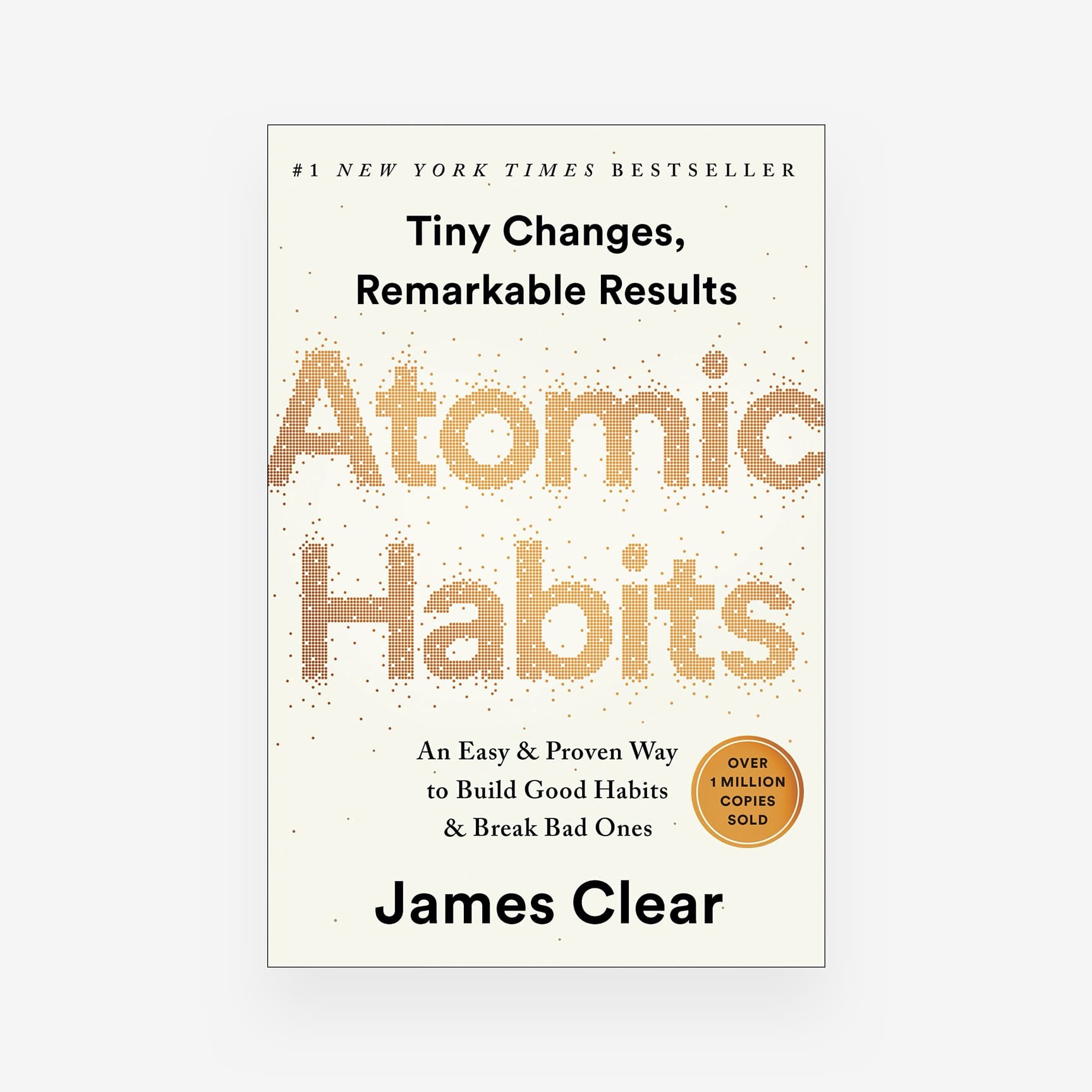There’s probably been a time when you sat down at the end of the day and thought, “What did I even get done today?” You had a list of things to do, but somehow the hours slipped away, and all you have to show for it is a half-finished task and way too many TikToks watched. It happens to all of us.
For students, it might be those endless assignments that never seem to align with your energy levels. Fresh graduates might be adjusting to work schedules that aren’t as forgiving as college. Employees? Well, you know the drill—meetings, emails, and trying to squeeze in some actual work.
A daily routine isn’t a magic solution, but it does help you stay grounded. It gives you a sense of control, helping you focus on what really matters without letting the day run away from you. Building a personalized routine doesn’t mean becoming super rigid. You just need to create a structure that fits your life and goals. Imagine starting your mornings with clarity, tackling your tasks confidently, and ending the day with a sense of accomplishment.
If that sounds like a goal worth pursuing, let’s dive into how you can craft a routine that works for you.
Know Yourself First
Not everyone thrives on the same schedule, and that’s okay. The trick is figuring out what works for you.
- Find your best hours: Some people wake up ready to conquer the world. Others can’t even think straight until they’ve had their third coffee. Pay attention to when you feel sharpest during the day.
- For students, use mornings for heavy subjects like math or science if morning works best for you. Save lighter tasks for when you’re feeling less alert. If you’re more of a night owl, save your evening for creative projects or revision.
- For employees, use your peak hours for deep work, like preparing reports, brainstorming, or tackling challenging projects. Push routine tasks like emails or admin work to your slower hours.
- Assess your energy levels throughout the day: No one is productive all day. Don’t force yourself to power through when you’re drained. Use those times to recharge with a snack, a quick walk, or even just five minutes to breathe.
- Identify your preferred work style: Are you the type who thrives on structure? Or do you prefer a bit of spontaneity? If you hate rigid schedules, don’t force them on yourself—try flexible blocks of time instead.
Set SMART Goals
Once you’ve assessed yourself, it’s time to define what you want to achieve. Goals give your routine purpose and direction. Make them Specific, Measurable, Achievable, Relevant, and Time-bound. For example, instead of “get fit,” aim for “exercise for 30 minutes, three times a week.”
Keep your goals simple and clear. Vague goals like “study more” or “work harder” won’t help. Instead, try something actionable like, “Review three chapters of biology this week” or “Complete the project proposal by Thursday.”
Break big goals into smaller chunks. If you’re working on something overwhelming, like a thesis or work presentation, divide it into bite-sized tasks. Start with research, move to outlining, then work on a draft.
Start Your Day Right
Your morning sets the tone for the entire day, so use it wisely: If you roll out of bed and dive straight into chaos, your whole day might feel like that.
Spend the first few minutes reviewing your priorities for the day. Ask yourself, “What’s the one thing I need to accomplish today?” For students, try using the first 15 minutes of your day to organize your study schedule or review what’s coming up. A bit of clarity goes a long way. And for those in the workforce, look at your calendar, list your priorities, and identify what’s urgent. Pair this with a short walk, some stretching, or even sipping your coffee without rushing.
Master Time Blocking
Time blocking is a way to manage your day by assigning chunks of time to specific activities. It helps you stay focused and avoid multitasking:
- Start with broad categories: work/study, breaks, errands, and personal time. Then add smaller details.
- Be realistic: Don’t cram your entire to-do list into one day. Leave buffer time. Keep three main priorities and not schedule every minute of your day. Things don’t always go as planned, so leave room to adjust.
Example:
- 8:00–9:00 AM: Review lecture notes or check work emails.
- 9:00–11:00 AM: Focused work/study session.
- 11:00–11:15 AM: Quick break—stretch, hydrate, or check messages.
Use Tools That Work for You

A good planning tool can make a world of difference. Popular options include:
- Digital apps: Notion, Trello, or Google Calendar for digital natives. They are great if you’re always on your phone or laptop. They let you access your plans anywhere, make updates on the go, and even sync with other tools you use.
- Paper Planners: If you love the feel of writing things down, a well-designed planner like the First Step Planner is worth considering. It’s built for clarity and focus, helping you identify your priorities and reflect on your progress. Plus, features like a gratitude section and flexible layouts make it beginner-friendly yet comprehensive. And aside from paper panners, sticky notes also work well for keeping priorities visible on your desk.
Wind Down Properly
Evenings aren’t just about Netflix (although there’s a place for that). Use the time to slow down and get ready for tomorrow. Use this time to reflect, reset, and relax. Remember that a strong morning starts with a good evening routine.
Before bed, take a few minutes to reflect on what you’ve accomplished. Simply jot down your wins for the day, no matter how small, and identify the top priorities for tomorrow. Then, prepare what you’ll need for the next day, like packing your bag or setting out your work tools.
Lastly, relax. Listen to music, read, or do a low-energy activity that helps you unwind before bed.
Handle Procrastination with Small Wins
Starting can feel impossible sometimes, but you can trick yourself into it starting small as it’s easier to keep going then, or use simple but effective timers. Distractions are everywhere, but you can minimize them by muting notifications, creating a workspace, and setting boundaries.
You won’t always feel motivated, so don’t rely on it. Build habits that keep you going.
A Routine That Works for You
There’s no perfect routine, but there’s one that’s perfect for you. Start with small changes and adjust as you go. If something doesn’t work, tweak it. The goal isn’t to have a flawless plan but to feel a little more in control of your day.
Lastly, and probably the most important of all, don’t forget to be kind to yourself. You need is progress. Not perfection.
Similar reads:














